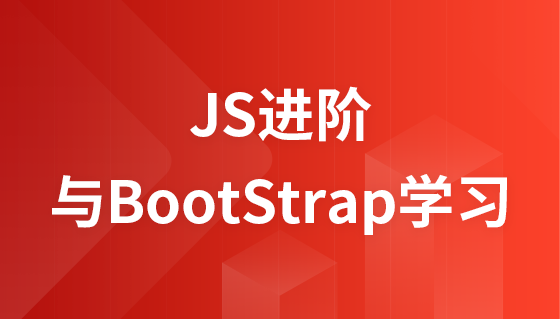
本文旨在深入解析单链表push操作的实现原理,通过剖析常见错误代码,详细讲解如何正确地将新节点添加到链表尾部,并更新head和tail指针,确保链表结构的完整性和正确性。我们将通过代码示例和逐步分析,帮助读者彻底理解单链表push操作的内部机制。
单链表是一种常见的数据结构,它由一系列节点组成,每个节点包含一个值和一个指向下一个节点的指针。push操作用于在链表的尾部添加一个新的节点。理解push操作的关键在于正确处理head和tail指针,特别是当链表为空或只有一个节点时。
以下是单链表push操作的正确实现:
class Node {
constructor(val) {
this.val = val;
this.next = null;
}
}
class SinglyLinkedList {
constructor() {
this.head = null;
this.tail = null;
this.length = 0;
}
push(val) {
let newNode = new Node(val);
if (!this.head) {
this.head = newNode;
}
if (this.tail) {
this.tail.next = newNode;
}
this.tail = newNode;
this.length++;
return this;
}
}
// 示例用法
let list = new SinglyLinkedList();
list.push(1);
list.push(2);
console.log(JSON.stringify(list, null, 2));代码解释:
以下是push操作的常见错误实现:
push(val) {
let newNode = new Node(val);
if (!this.head) {
this.head = newNode;
this.tail = newNode;
} else {
this.tail.next = newNode;
}
this.length++;
return this;
}错误分析:
此代码的问题在于,当链表不为空时,只更新了 tail.next,但没有更新 tail 指针本身。导致 tail 始终指向第一个节点,后续添加的节点虽然被链接到链表中,但 tail 指针没有正确更新,导致链表结构不完整。
另一个常见的错误实现:
push(val) {
let newNode = new Node(val);
if (!this.head) {
this.head = newNode;
this.tail = newNode;
} else {
this.tail.next = newNode;
this.tail = newNode;
}
this.length++;
return this;
}错误分析:
此代码的问题在于,在非空链表情况下,更新了tail.next之后,又立即将tail指向了newNode,虽然tail指针更新正确,但是当链表只有一个节点时,head和tail指向同一个节点,this.tail.next = newNode; 这行代码会修改head.next,导致head.next指向新节点,而tail也指向新节点,这在逻辑上是错误的。
正确实现单链表的push操作需要仔细处理head和tail指针。通过理解push操作的实现步骤和避免常见错误,可以确保链表结构的完整性和正确性。希望本文能够帮助读者更深入地理解单链表的push操作。
以上就是深入理解单链表的push操作:原理、实现与易错点分析的详细内容,更多请关注php中文网其它相关文章!

每个人都需要一台速度更快、更稳定的 PC。随着时间的推移,垃圾文件、旧注册表数据和不必要的后台进程会占用资源并降低性能。幸运的是,许多工具可以让 Windows 保持平稳运行。




Copyright 2014-2025 https://www.php.cn/ All Rights Reserved | php.cn | 湘ICP备2023035733号